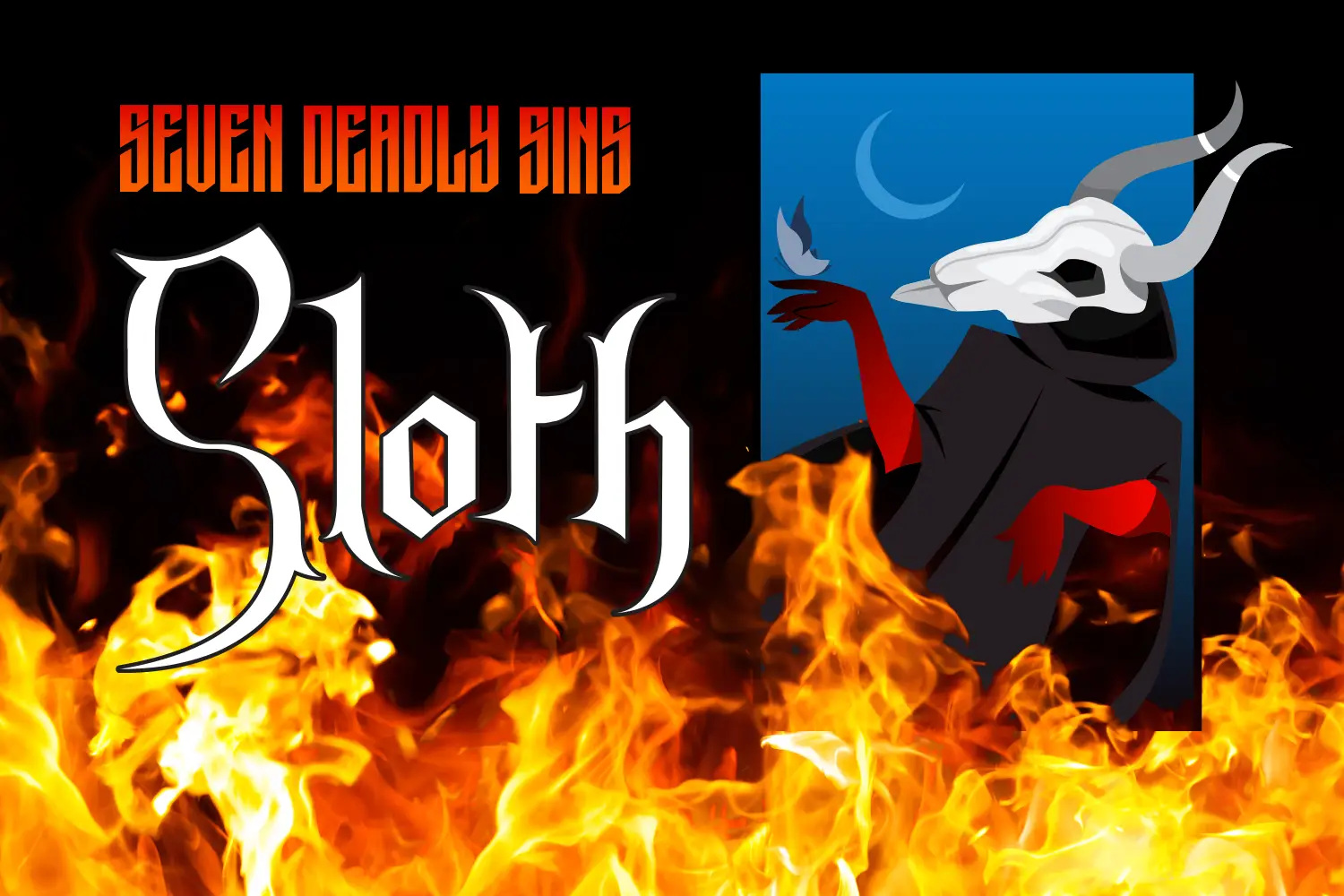Seven Deadly Sins Part Three: Sloth

Today’s consumers value simplicity and ease. Brands that streamline the purchasing process, offer subscriptions, or provide on-demand services can capture the attention of busy consumers. Marketing strategies that emphasize time-saving benefits or effortless experiences can resonate deeply with those seeking to reduce friction in their lives.
Sloth: The Ease of Convenience
When we think of the seven deadly sins, sloth is often portrayed as the least threatening. It’s less dramatic than wrath, less flashy than greed, and less seductive than lust. But in marketing, sloth taps into a deep human desire: the need for ease. In an age of convenience, automation, and instant gratification, sloth is no longer just a vice, it’s a business model.
Here’s how sloth, when reframed as the desire for simplicity and effortlessness, can be used to build smarter, more effective marketing strategies.
Sloth Sells Convenience
Consumers are increasingly drawn to products and services that make life easier. From one-click ordering to same-day delivery, companies that reduce friction in the buying process win big. Consider these examples:
- Amazon Prime: Free, fast shipping and one-click checkout make shopping nearly effortless.
- Meal kit subscriptions: They eliminate the time-consuming steps of meal planning and grocery shopping.
- Streaming services: No commercials (sometimes), no waiting, and endless content curated just for you.
To capture customers’ desire for convenience, highlight how your product or service saves time, energy, or decision-making effort. Convenience is no longer a perk, it’s the expectation.
Automate to Appease the Lazy Brain
Automation tools like auto-renewals, subscriptions, and AI-curated feeds are rooted in the idea that customers don’t want to think more than they have to. People will often choose the path of least resistance, even if it costs more or is less customizable. You’ve probably experienced one of these:
- Spotify’s Discover Weekly: Personalized music delivered with zero input.
- Netflix autoplay: Encourages binge-watching by eliminating the need to press “next.”
- Smart home devices: Adjusting your thermostat without leaving the couch? Perfect.
To turn laziness into action, make your offering feel “set it and forget it.” Use language that suggests automation, personalization, and ease.
Design for the Low-Energy User
Sloth also influences UX and product design. If your app or website requires effort to navigate, people will lose patience. Sloth means designing for minimal mental load and physical clicks. Think about your own experience with the following:
- Apple’s minimalist interfaces: Less clutter requires less thinking.
- TikTok’s infinite scroll: Entertainment without end or effort.
- Fast food apps: Reorder your usual in two taps.
Your funnel should be as short and smooth as possible to accommodate customers’ ever-shortening attention spans. Every extra step is an opportunity to lose interest and leave. Fast UX is a direct reflection of how well you understand your customer’s desire for simplicity.
The Aspiration of Effortlessness
The brands that succeed aren’t the ones that demand effort—they’re the ones that eliminate it. There’s a reason phrases like “work smarter, not harder” and “keep it simple, stupid” resonate. Sloth doesn’t just represent laziness—it reflects a desire to optimize. Marketing can frame effortlessness as intelligence, efficiency, or even luxury.
